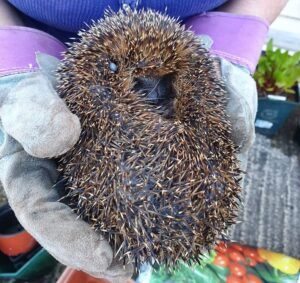
It’s hedgehog waking up time!
Do you have hedgehogs in your garden? Would you like hedgehogs in your garden? (hint – they eat slugs, snails and all those other things that decimate your plants!)
Sustainable Warminster are trying to make more gardens hedgehog friendly – one of the things hedgehogs need is a way in and out of gardens which enables them to get off the roads (where they are at risk of being run over) and into somewhere safe to sleep and feed. The garden needs to be slug pellet and pesticide free, and have somewhere a bit overgrown (such as a corner by a fence or hedge where the grass is left long) to settle down in.
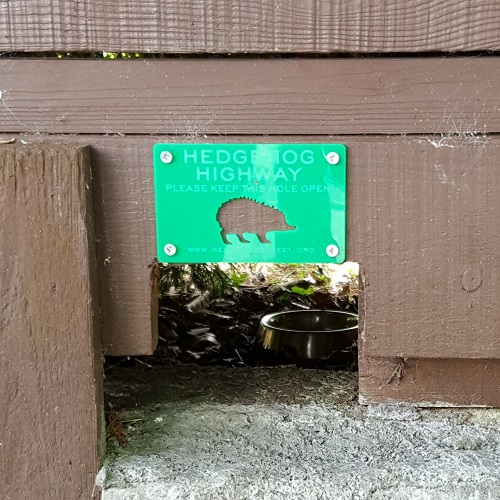
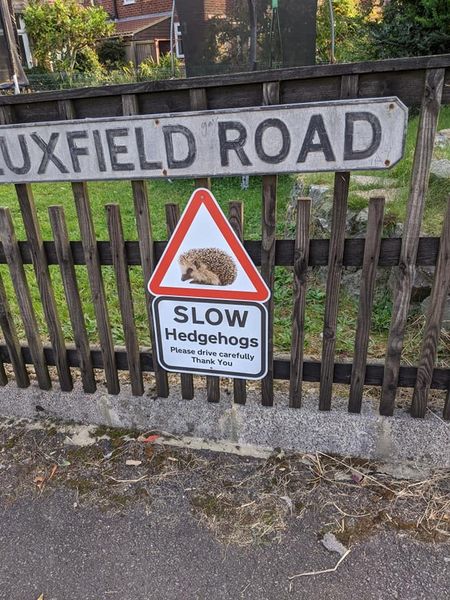
We have some free hedgehog signs (to remind people to keep access routes open) and leaflets about how to make your garden hedgehog friendly.
If you live in Warminster or the surrounding villages, please fill in the contact details below if you’d like to receive your free hedgehog pack!
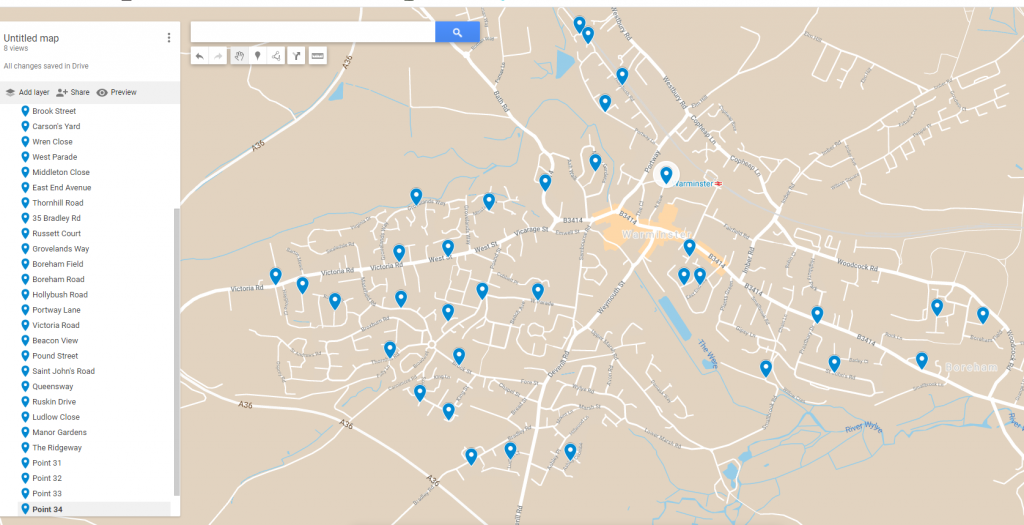
Why are there so few hedgehogs?
In the 1950’s it was estimated there were 36.5 million hedgehogs in Britain, but current estimates of their numbers suggest there are less than one million left. The reasons for the huge drop in numbers are varied, and include:
- Poisoning from pesticide use, such as slug pellets, where they suffer secondary effects from eating poisoned insects, slugs and snails, and may also die from eating the pellets themselves;
- Poisoning from weed killer, some of which can also harm worms eaten by the hedgehogs;
- Use of electric strimmers and lawnmowers – when using a hand mower, you would be likely to notice a hedgehog and stop, but with a strimmer or electric mower it’s all too easy to cut into a pile of leaves under which a hedgehog is sleeping and kill or injure the hedgehog;
- Tidy gardens – hedgehogs sleep under piles of leaves and twigs, and as the name suggests, in hedges. They also find insects such as beetles and wood lice to eat around logs and overgrown plants. If a garden is too tidy, it’s hard for the hedgehogs to find food.
- Fences and walls – Hedgehogs tend to travel up to a mile each night, searching for food, a mate, somewhere to spend the daylight hours, and possible places to hibernate in the winter. If gardens are fenced or walled in, it can be hard for them to get around, meaning they have to go on the roads.
- A major cause of death is being hit by cars.
- Habitat loss – many farms have removed hedges to make fields bigger, and make harvesting with big machines easier, improving crop yields, but making life harder for hedgehogs. In urban areas hedgehogs are faced with roads, garden gates, walls and fences, tidy gardens, no food, and nowhere to rest or get a drink.
Why are hedgehogs important?
Hedgehogs are an important part of the food chain. Some of their main prey is slugs, snails, caterpillars, woodlice, earwigs, millipedes, fly and beetle larvae – all things that cause damage in the garden and to crops. They will also eat rotting fruit and carrion. As part of the food chain, hedgehogs also become food for badgers, foxes, owls and other birds of prey – so its important for a whole range of wildlife that their numbers are maintained.
I have a slug infestation in my garden – How can I get a hedgehog to come and eat them?
The first thing is to make sure they can get to your garden – a hole just 13cm square is enough room for a hedgehog to get in and out, so if you have fences or walls all round, put in some hedgehog access tunnels or holes. Check with your neighbours that they are happy to have hedgehogs passing through so that they don’t block the hole.
Make sure there is a place for them to hide – leave a pile of twigs or fallen leaves in the corner, or make or buy a hedgehog house. Once you’ve created somewhere for the hedgehogs, leave it alone – they are shy creatures and if you investigate it whilst they are sleeping, they may not come back.
Make sure they have food and water. A pond (with steps or a ramp out in case they fall in) or a terracotta plant pot base filled with water daily will encourage them in, especially as the water will also attract the slugs to it! Make sure their food isn’t poisoned, by avoiding weed-killer and pesticides as far as possible, and don’t put slug pellets down. Leave fallen leaves on the verges of your garden, so the hedgehog can snuffle under them for insects and larvae, and if you can, rewild a small corner of your garden by not mowing grass, not digging up weeds and letting it get a bit overgrown, as that’s the best habitat for insects and other hedgehog food to breed in, and for the hedgehog to sleep in overnight in the summer.
If you have seen hedgehogs in your garden and want to feed them, which can be especially important as they wake up from hibernation in the spring, and go off to sleep again in autumn, use either commercially available hedgehog biscuits or meaty cat food, rather than peanuts or mealworms, which can be indigestible and are not good for them. Never give them bread or milk, as that will make them very ill.
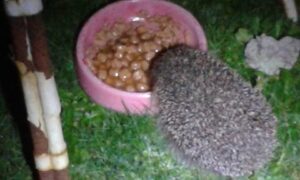
What if I see one out in the daytime?
Hedgehogs are nocturnal, so you are most likely to see them out snuffling around hedges and on the lawn after dusk and before dawn. Sometimes, you may see a hedgehog in the daytime – approach it quietly, and if it doesn’t run away, it may be ill or injured. If you can, put it in a box somewhere quiet, and contact a wildlife recue group for help and advice.
